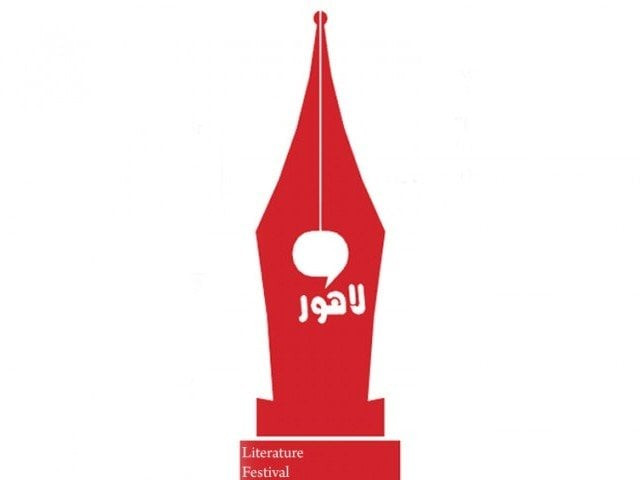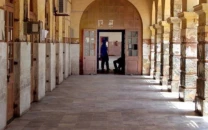Shergill - the sensual wildcard
‘The notion of the lost is not correct, she is very much here’.

‘The notion of the lost is not correct, she is very much here’.
“The panel today will discuss the sensuality of Amrita Shergil’s eyes,” moderator Salima Hashmi said at the start of the session Amrita Shergill: The Lost Daughter of Lahore.
Panellists of the session on the first day of the Lahore Literary Festival discussed the life and work of Shergill- the first modern painter of India.
Hashmi said, “There are two Amritas- the young Shergill and the one who talks reason...who came back to paint the people of India, especially the [representation and lack of representation of] women in India.”
Panellist Fareeda Batool, who is currently doing her PhD on Masculinity, New Media and Mujra Dance in Punjab, presented a show reel on the artist’s life from the marriage of her parents to her death. Batool discussed her father Amrao Singh’s personality, his problems with Shergill’s bohemian approach towards life and choosing to come back to India for work.
Batool showed photographs of Shergill in France, where she went to study art at the age of 16. “She had a very happening life there,” said Batool.
Discussing her self-portraits, Batool said Shergill had started full-form painting at a very young age. “The way she looks at herself in her self-portraits- at times sad, sometimes excited and at times in great distress.” She wanted to return to India after she completed her education, but her father told her she was too bohemian.
“But she came returned and painted the people of India,” said Batool. She also decided to wear saris till the day she died.
Referring to one of Shergill’s Three Women, Batool said the women in the painting were shown to have a “heightened awareness of their existence”. “Even though they’re together, each woman seems to be isolated,” said Batool.
The Bride by Shergill, Batool said, depicts the contrast of the colour of henna on bride’s hands and the misery on her face. Batool told the audience that she had exhibited her pieces in Lahore on November 27, 1937 at Fallettis’. “She attended her show here in a gold sari draped twice around her waist as was the fashion at that time,” she said.
Once writer Ashfaq Ahmad saw a painting of Shergill at a scrap-shop, said Batool, when Ahmad asked the scrap-shop’s owner about the painting, he told him that he could take that frame for Rs3 and discard the tasveer. Ahmad paid the Rs3 and discarded the frame and kept the painting...he later sent it to the National Art Gallery, she said.
Indian writer Pran Nevile said, “I am no art critic, I can just comment on what we used to think of Shergill as school-boys...she was the greatest beauty of Lahore. Many claimed they had had love-affairs with her. She died too early, at 28, but she is more alive today than she was during her life.”
Hashmi intervened saying that the notion of the lost daughter of Lahore was not correct, “Amrita is very much here!”
Published in The Express Tribune, February 22nd, 2014.



















COMMENTS
Comments are moderated and generally will be posted if they are on-topic and not abusive.
For more information, please see our Comments FAQ